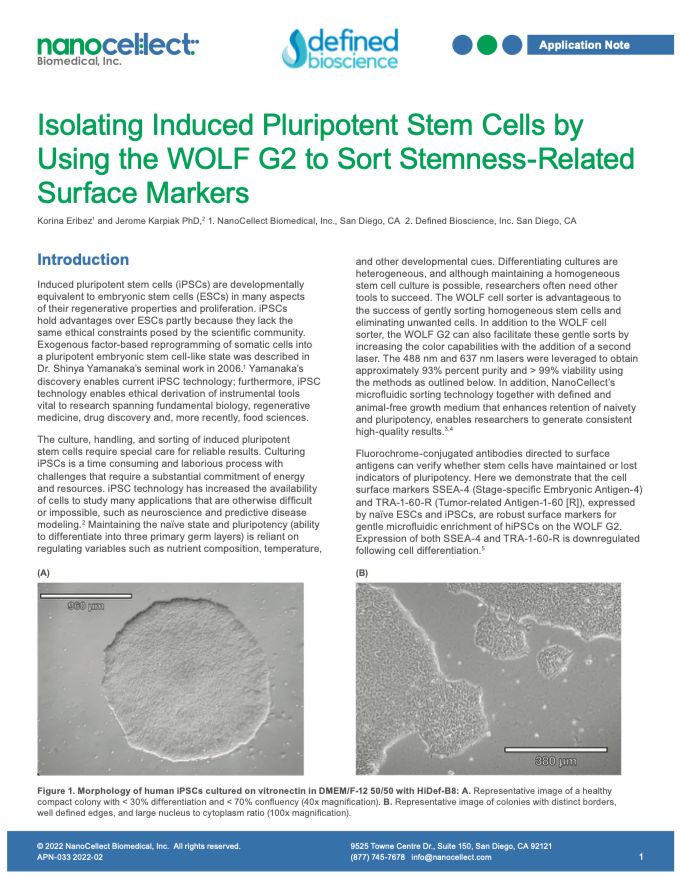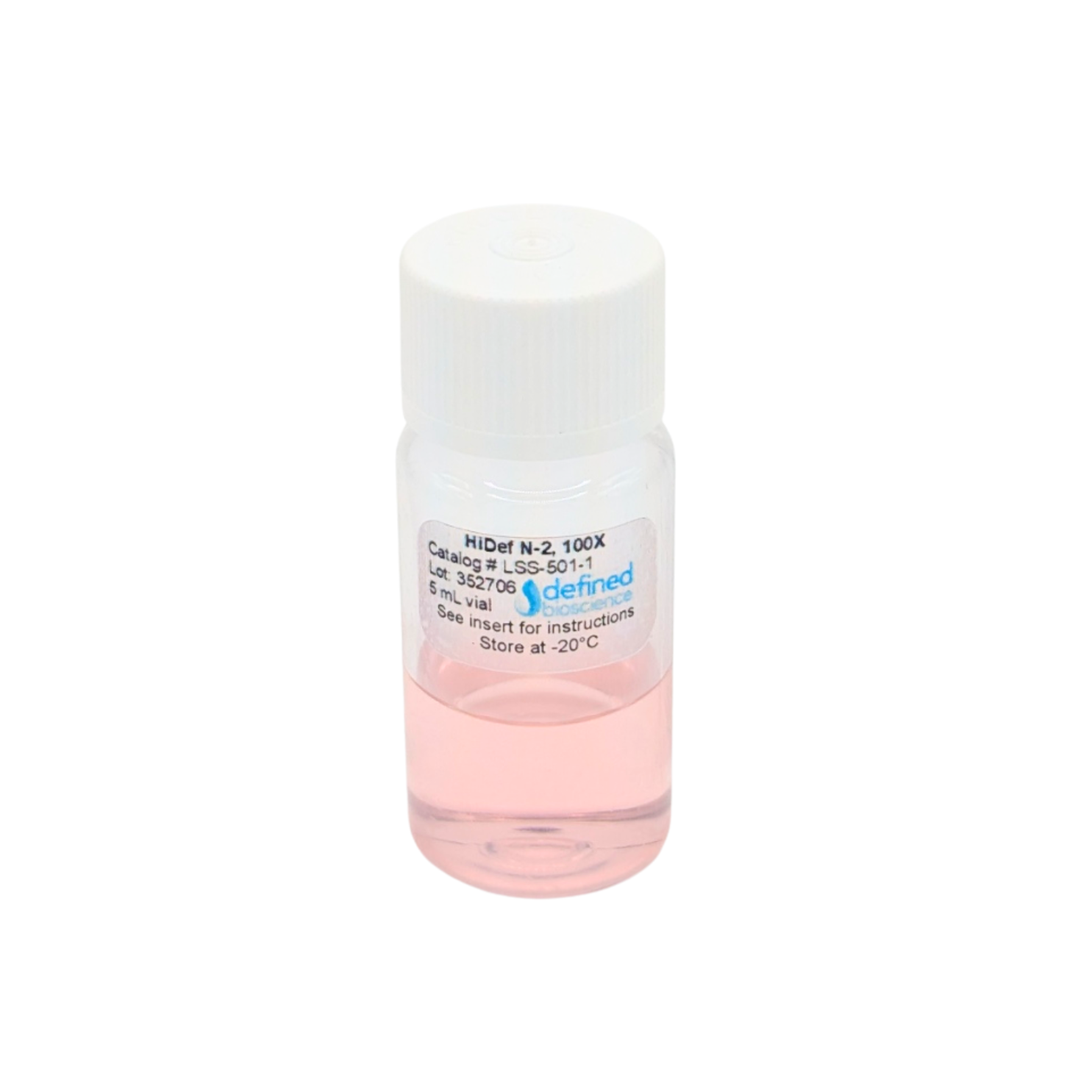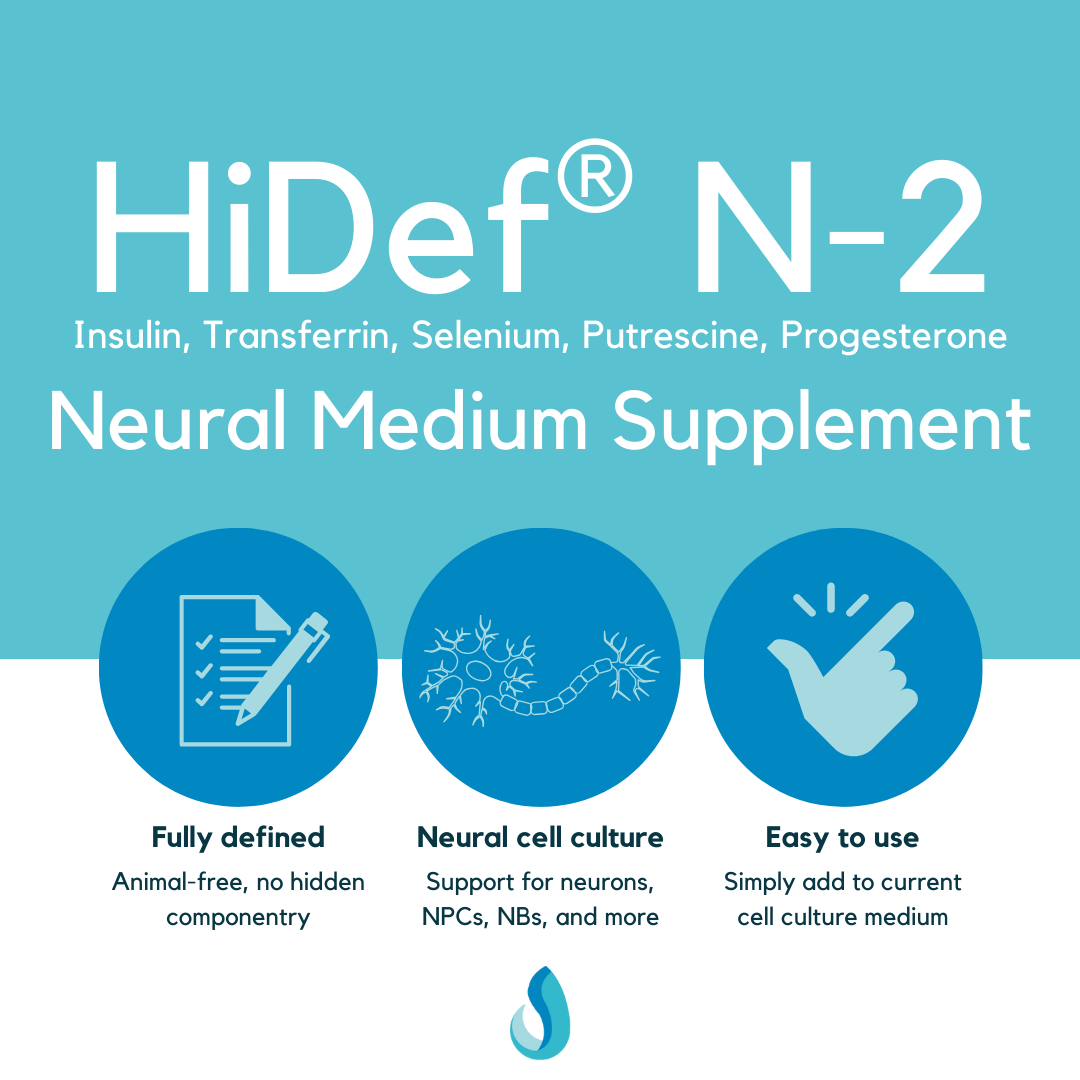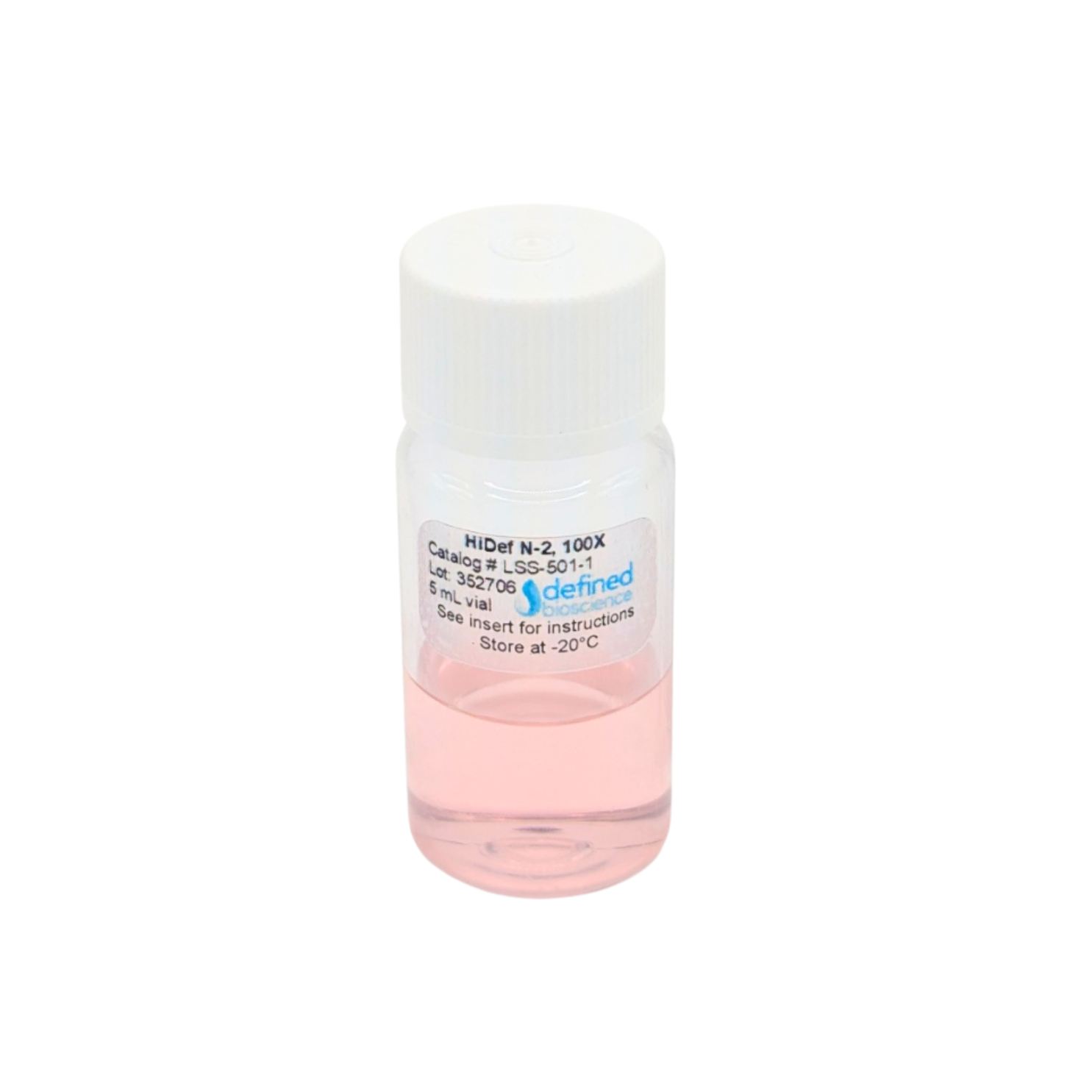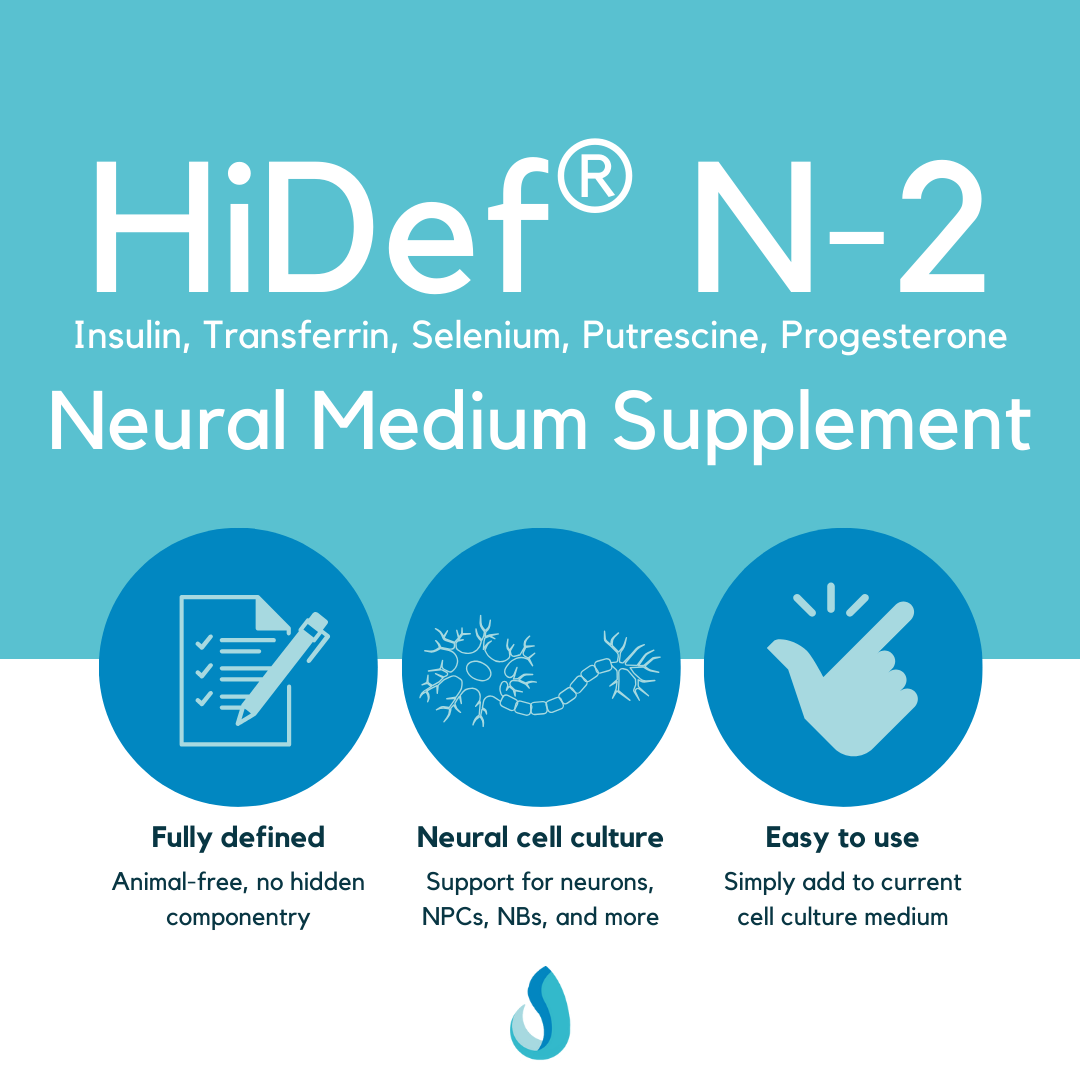HiDef® N-2 Neural Medium Supplement
HiDef® N-2 Neural Medium Supplement
Tested across >100 hiPSC and hESC lines
Available in stock
Couldn't load pickup availability
Free shipping on orders $1000 or more
Defined Bioscience’s HiDef® N-2 is a defined formulation designed for the culture and growth of neurons, neural progenitor cells (NPCs), stem cells, and neuroblastoma (NB) cells, among other cell types, as well as differentiation of embryonic and induced pluripotent stem cells in neural and pancreatic lineages. HiDef N-2 is a combination of insulin (to stimulate glucose uptake), transferrin (to facilitate iron transport), sodium selenite (a potent antioxidant and common medium component), putrescine (for cell growth support), and progesterone (for promoting growth and neuronal differentiation and stimulation). N-2 has been historically shown to improve survival and expression of neuronal cells, including neurons in primary culture, and serves as an effective substitute for the N-1 Bottenstein formulation.
HiDef N-2 can be used alone and in combination with other additives and supplements across a wide range of cell culture applications.
HiDef N-2 is provided as a 100x supplement in water, using animal origin-free componentry (contact Defined Bioscience with any complete formulation requests). The supplement is provided in liquid form in 5-mL volumes, sufficient for 500 mL of medium.
This supplement can be used with a wide range of basal medium formulations, including Defined Bioscience’s fully defined DMEM/F12 basal medium (Catalog # LSB-101).
Each lot of HiDef N-2 is used in combination with basal medium in performance testing in a culture assay evaluating glioma outgrowth and viability.

Application Notes
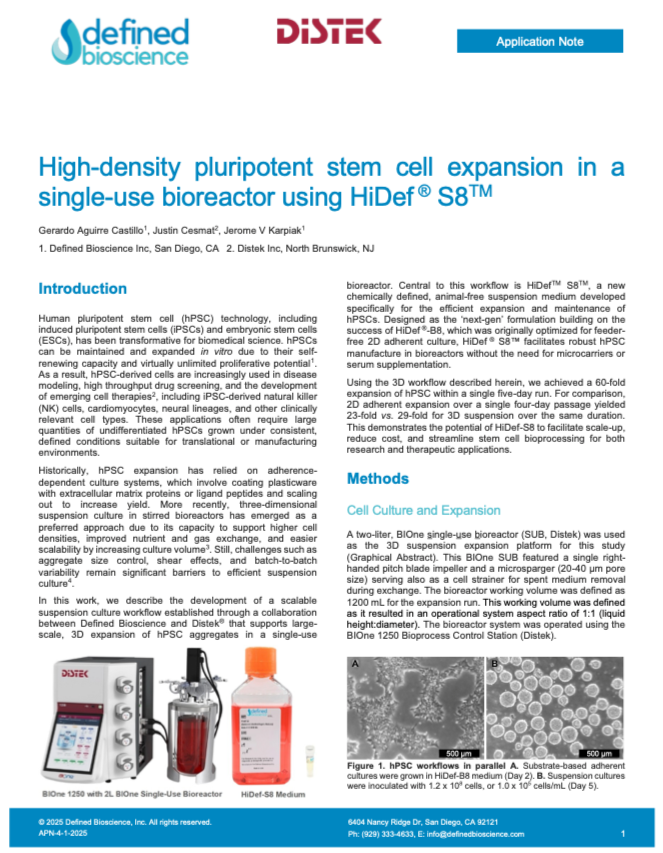
High-density pluripotent stem cell expansion in a single-use bioreactor using HiDef S8
Read More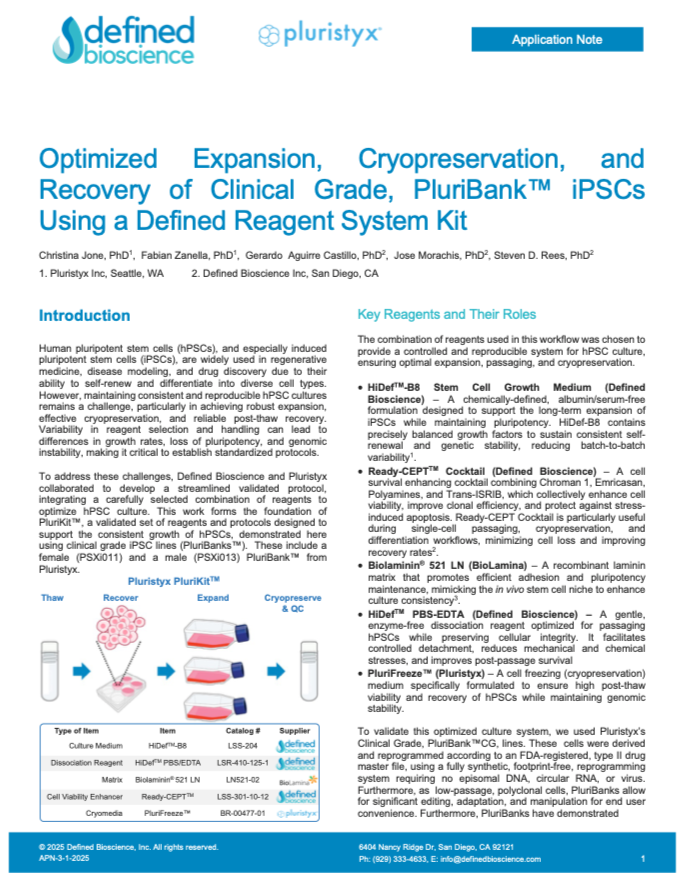
Optimized Expansion, Cryopreservation, and Recovery of Clinical Grade, PluriBank iPSCs Using a Defined Reagent System Kit
Read More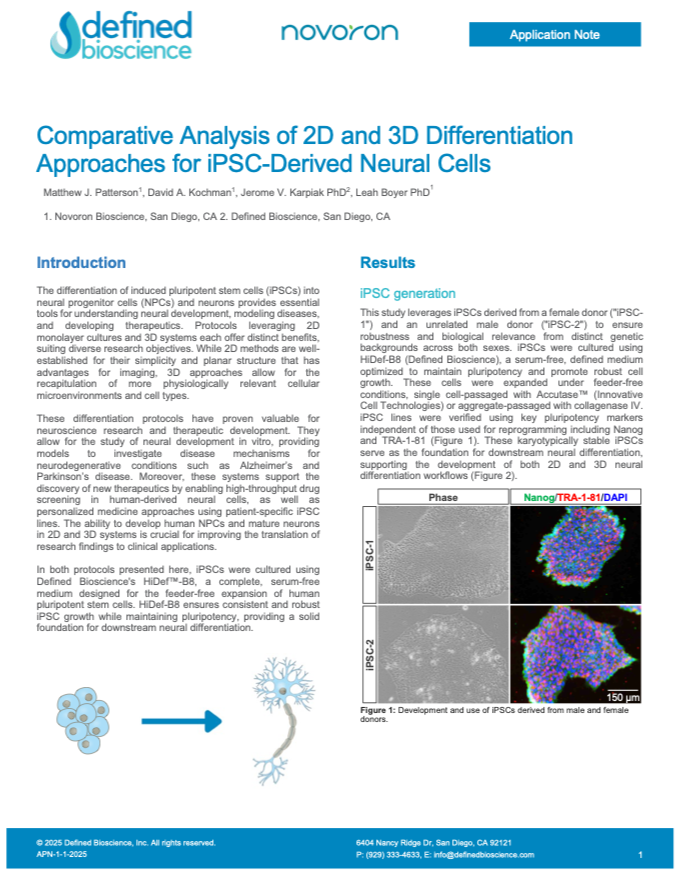
Comparative Analysis of 2D and 3D Differentiation Approaches for iPSC-Derived Neural Cells
Read More